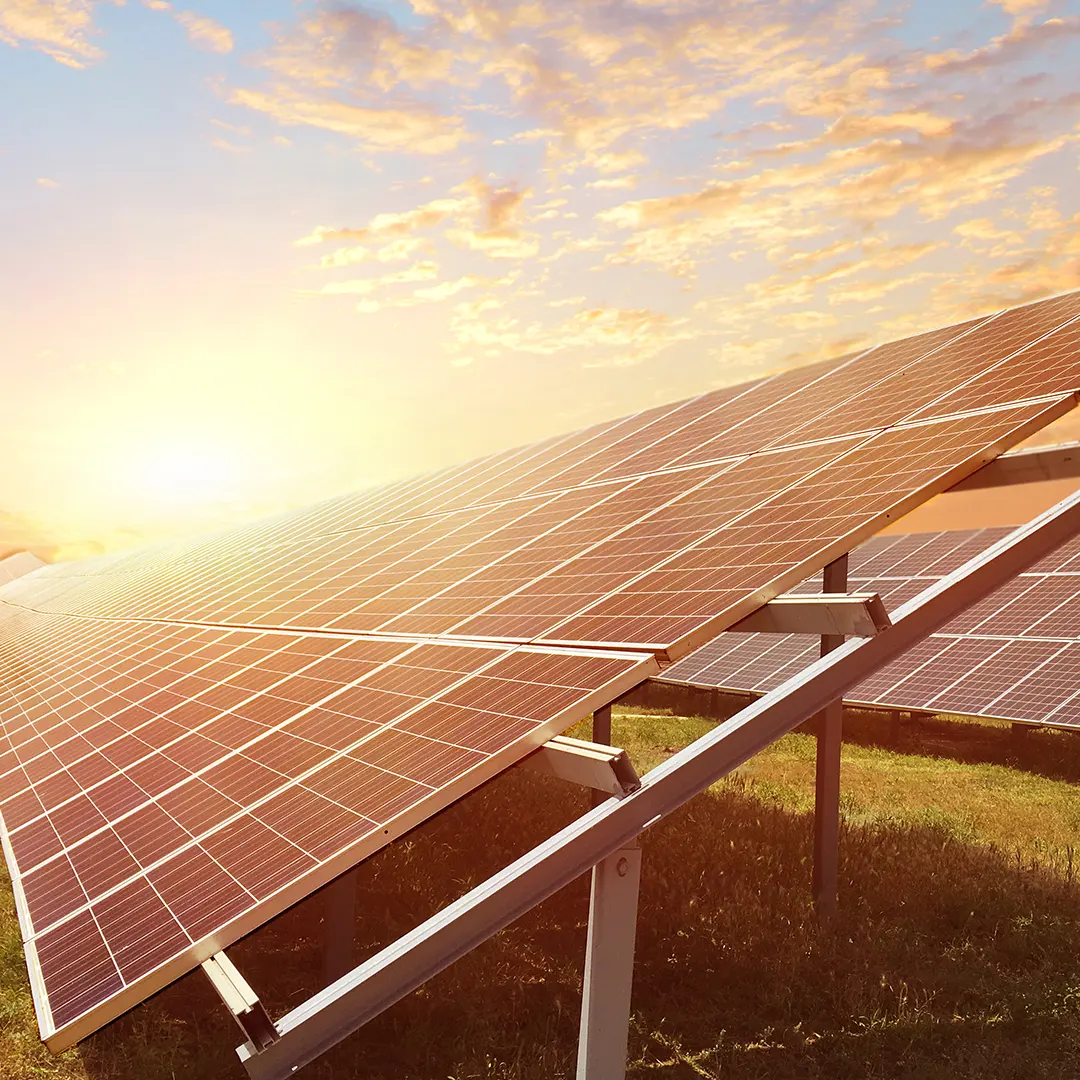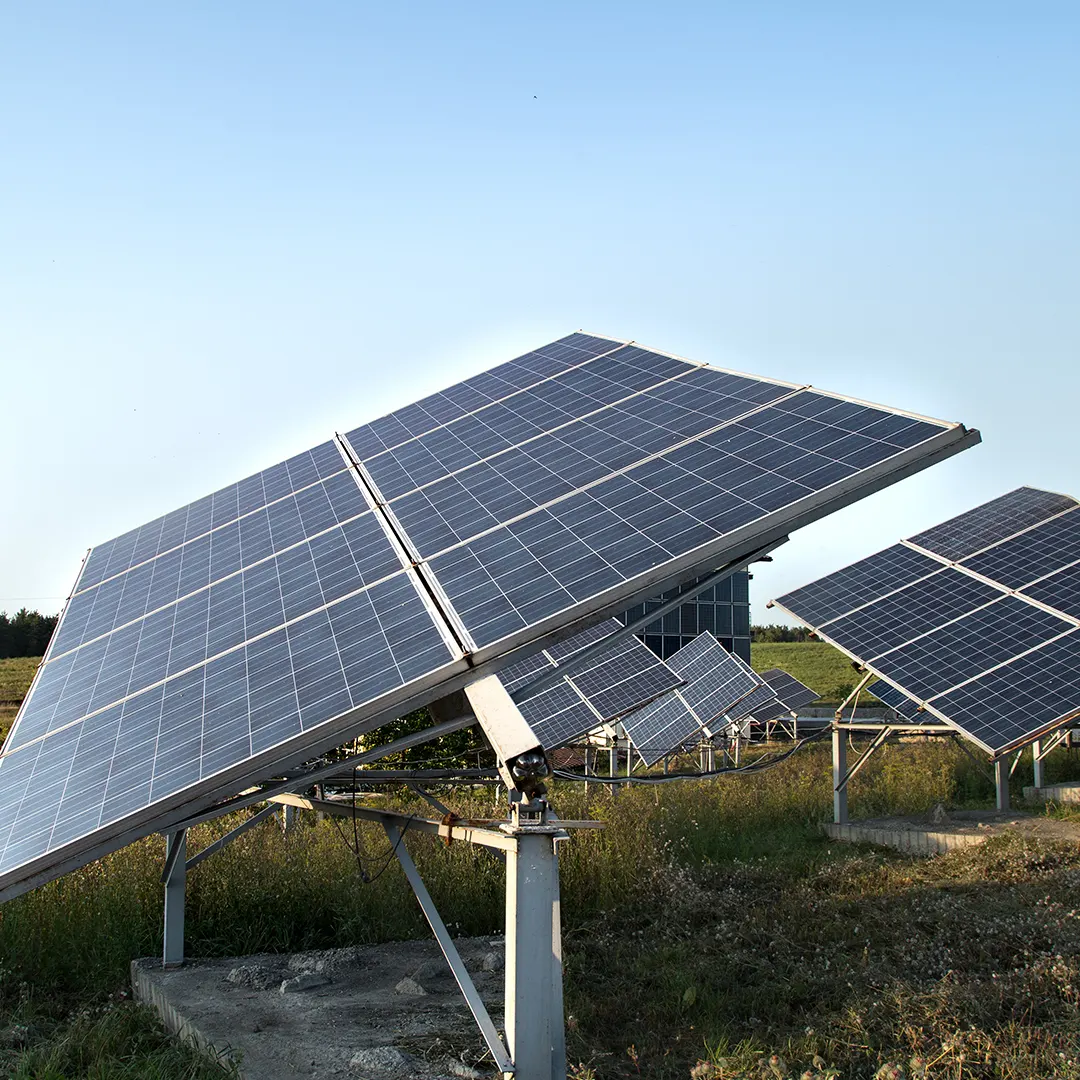
The Critical Role of Solar Module Mounting Structures
In an era where sustainability and clean energy are paramount, solar energy emerges as a key player in the global shift towards renewable energy sources. At the heart of this transition are solar photovoltaic (PV) systems, which convert sunlight into electricity, offering a green alternative to fossil fuels. However, the efficiency and effectiveness of these solar systems hinge not just on the solar panels themselves but also on an often overlooked component: the solar module mounting structures. This blog delves into the significance of these structures, exploring their role, variety, and the considerations involved in their installation. For enthusiasts and professionals alike, PIXON Green Energy Private Limited stands as a beacon of innovation and quality in the solar industry, providing insights and solutions that propel the solar sector forward.
Importance of Mounting Structures
Harnessing Sunlight Optimally
The quest for maximum energy production from solar panels leads us to the first pivotal role of solar module mounting structures: ensuring optimal sunlight exposure. The angle and orientation of solar panels are crucial parameters that dictate their sunlight absorption capacity. These structures are engineered to position the panels in such a way that they capture the maximum sunlight throughout the day, adjusting for seasonal variations in the sun's path. This alignment is not a trivial task; it requires precise calculation and understanding of solar geometry, ensuring that panels operate at their peak efficiency.


Built to Last: Durability and Stability
The longevity of a solar PV system is a testament to the quality of its components, especially the mounting structures. These structures are designed to withstand the rigors of harsh weather conditions—be it the gusty winds, the weight of snow, or the relentless rain. The choice of materials, from galvanized steel to aluminum, reflects a commitment to durability and resistance to corrosion. This robust construction not only guarantees the safety of the solar panels but also secures the investment made in solar technology.
The Shadow Battle: Preventing Shading
A shadow over a single panel can disproportionately reduce the output of an entire solar array. Solar module mounting structures are strategically designed to minimize shading from nearby trees, buildings, or even other panels. This consideration is critical, as the efficiency losses from shading can significantly impact the overall performance of the solar PV system. The thoughtful design of these structures ensures that panels are spaced and oriented to avoid shading, maximizing the system's energy generation potential.


Flexibility Across Installations
Solar energy's versatility is magnified by the adaptability of solar module mounting structures to various installation scenarios. From the sprawling fields for ground-mounted systems to the urban rooftops, and even over water bodies for floating solar systems, these structures can be customized to fit diverse environments and requirements. This adaptability not only broadens the applicability of solar energy but also maximizes the use of available spaces, making solar installations feasible in areas previously considered unsuitable.
Exploring the Types of Solar Module Mounting Structures

Elevating Efficiency: Rooftop and Ground-Mounted Systems
Rooftop systems, prevalent in urban settings, make efficient use of otherwise unused spaces. These systems range from non-penetrative designs, which rely on weights to anchor the structure, to penetrative systems that secure directly to the roofing material.
Ground-mounted systems, on the other hand, are favored for their scalability and the ease with which they can be optimized for sun tracking, significantly enhancing their energy capture over fixed systems.
Innovative Approaches: Floating and Carport Solar Structures
Floating solar structures represent a creative use of water bodies, addressing space constraints while reducing water evaporation.
Carport structures turn parking spaces into power-generating areas, offering shade for vehicles while harnessing solar energy. These innovative applications underscore the versatility and potential for solar energy systems to integrate into various aspects of our infrastructure.
Pole Mounts: Top-of-the-pole & Side-of-the-pole
Pole mounts serve as the foundation for fixing solar panels onto, indeed, poles. These mounts are categorized into two main types: top-of-the-pole and side-of-the-pole. The top-of-the-pole variety positions the solar panel atop a pole, raised several feet above the ground, while the side-of-the-pole option attaches the solar panels to the sides of poles. Structures known as top-of-pole mounted racks involve securing mounting poles into the earth and stabilizing them with concrete, upon which the solar module is then placed at the pole's summit. Conversely, side-of-pole mounted racks are typically utilized for solar systems that contain a limited number of modules.
Role of Tracking System Mounted Racks
Racks mounted with tracking systems are versatile, supporting various solar tracking and solar water pumping systems to optimize sunlight absorption for electricity generation. These mounted structures are available in two configurations: one-axis and two-axis, catering to different types of tracking systems.
Installation Insights: Engineering, Materials, and Foundations
The installation of solar module mounting structures is a meticulous process that demands careful consideration of various factors. The engineering and design phase is critical, ensuring that the structure can support the load of the panels and withstand environmental pressures. Material selection focuses on durability and environmental resistance, with galvanized steel and aluminum being materials of choice for their longevity and strength. Finally, the foundation and anchoring method must be chosen based on the installation type, ensuring stability and resilience over the system's lifespan.
Towards a Sustainable Future: The Evolving Landscape of Solar Energy
As the solar industry continues to evolve, so too do the technologies and strategies surrounding solar module mounting structures. These components are more than just a support system for solar panels; they are integral to the optimization, durability, and overall success of solar PV installations. Their design and innovation play a crucial role in maximizing the efficiency and applicability of solar energy, paving the way for a cleaner, more sustainable future.

Wrapping Up:
In conclusion, the significance of solar module mounting structures in the realm of renewable energy cannot be overstated. They are the backbone of solar PV systems, ensuring that solar panels remain secure, optimally positioned, and free from shading. As we venture further into the age of sustainability, the innovation and development in the design of these structures will continue to be a focal point, enhancing the efficiency and feasibility of solar energy installations worldwide. For those looking to explore the latest in solar technology and solutions, PIXON Green Energy Private Limited remains a valuable resource, leading the charge towards a greener, more sustainable energy landscape.
This exploration of solar module mounting structures highlights not just their technical importance but also their role in the broader context of renewable energy adoption. As we embrace solar energy's potential, the insights and advancements provided by leaders in the field, are invaluable. They not only offer practical solutions but also inspire further innovation in the quest for a sustainable and clean energy future.